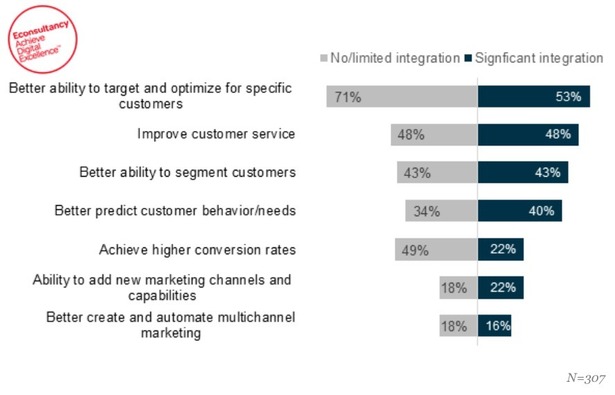
For many small businesses and their employees, one of the biggest benefits-related challenges is getting prepared for open enrollment. As a small-business owner, benefits planning, communication and employee engagement are just a few of the obstacles that can hold you back from a successful open enrollment season.
In addition, workers are not prepared for open enrollment. According to the 2014 Aflac WorkForces Report, only 20 percent of employees completely agreed they had enough information to be prepared to select benefits, and 90 percent said they typically choose the same benefits year after year.
Employer-sponsored health care can be an investment for your small business, and if employees don’t have an understanding of their benefits options they could possibly waste their own money and yours. Below are some tips to help you plan a successful open enrollment strategy.
1. Don’t Skimp on Your Benefits Offerings
Successful small businesses strike a balance between profits and principle because they recognize there is a direct correlation between the well-being of their workforce and employee productivity and loyalty.
To many employees, the benefits offered through their workplace can demonstrate how much their employer values them. This means the more benefits options you offer your employees the more it can help retain top talent and improve the bottom line.
One easy way to make your benefits program more robust – without increasing your cost – is to offer more choices. For example, the premiums for voluntary insurance policies, such as disability, accident and critical illness, can be paid by the employee. Adding on these options is cost-effective because they come at no direct cost to the employer. Voluntary insurance helps provide employees with an extra layer of protection when they need it most.
In fact, 85 percent of small-business employees consider voluntary benefits to be part of a comprehensive benefits program. And, 62 percent of small-business workers see a growing need for voluntary insurance benefits today compared to year’s past, driven by:
- Rising medical costs (71 percent).
- Increasing price of medical coverage (63 percent).
- Increasing deductibles and copays (58 percent).
- Reduced number of benefits and/or amount of coverage by their employers (29 percent).
2. Communicate Early and Often
For savvy business owners, open enrollment communication should begin early to close knowledge gaps regarding benefits offerings and help increase employee participation and retention. The Aflac study found that 80 percent of employees agree that a well-communicated benefits package would make them less likely to leave their jobs. Since there could be a lot of benefits information to communicate, it’s important to provide updates in a timely manner – ideally throughout the year – to ensure employees fully understand all aspects of the plans offered.
As you roll out your benefits packages, develop a communications plan that includes:
- Easy-to-understand messages.
- A calendar to help guide how often to deliver those messages.
- Multiple communications channels — such as informational sessions, email templates, webinars, company bulletin board or portal, etc., — to get those messages to your most valued assets: employees.
3. Bring in a Third-Party Expert
This is to help employees see health care decisions as important financial decisions. Two in five (41 percent) employees spent 15 minutes or less researching their benefit options during the 2013 open enrollment season; and nearly a quarter (24 percent) spent five minutes or less.
To put that in perspective, people spend eight times more effort deciding what television to buy and 16 times more on shopping for a computer than on choosing health insurance. Yet, 42 percent of workers said they waste up to $750 on mistakes made during open enrollment, which could easily surpass the amount of money spent on a television or computer purchase.
To help employees not make costly mistakes, employers should invite a broker, insurance agent or financial advisor to educate their employees about their benefits choices. These professionals can help answer questions and provide insight on how health care decisions can impact long-term financial health. In fact, 76 percent of workers would utilize a free financial advisor or personal finance expert if their employer provided access to them.
The most successful benefits programs are accompanied by a communications plan before, during and after open-enrollment season. These tips can help better prepare your company for effective benefits communications during open enrollment.
Health Photo via Shutterstock
The post Three Tips to Make Open Enrollment a Success appeared first on Small Business Trends.





















No Comments